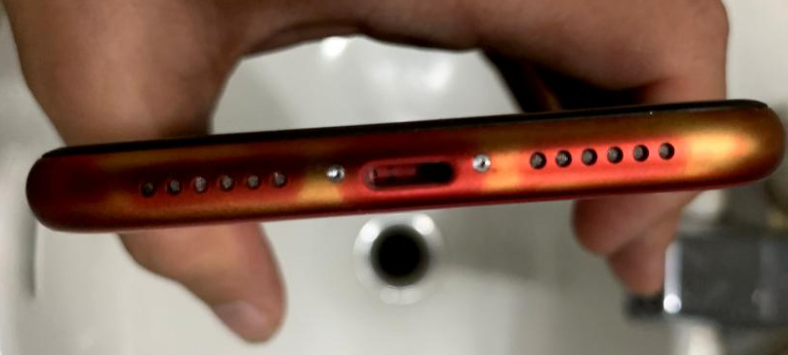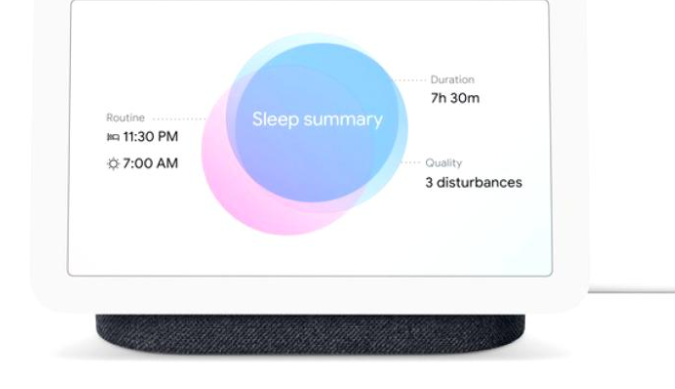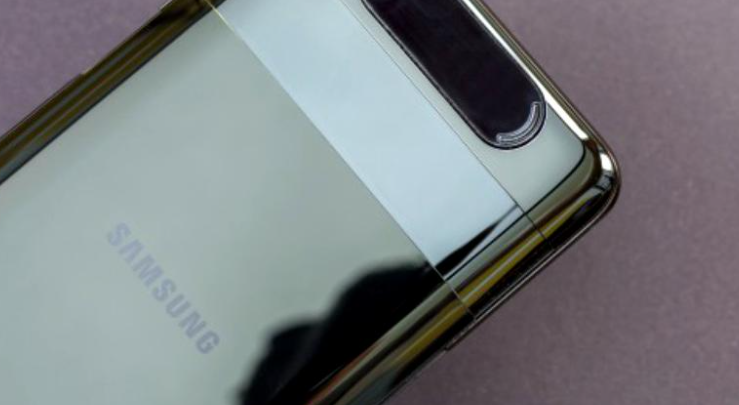A mobile application, created by researchers, can detect the presence of an ear infection in a child using only his smartphone. The goal is not to replace the doctor but to establish a pre-diagnosis.
Engineers at the University of Washington have invented a mobile app to detect if a child has otitis, and answer one of the most common questions from parents.
The application developed by the researchers, presented in the journal Science Translational Medicine Wednesday, emits a continuous sound, like a bird chirp, in the child’s ear canal, via a simple paper funnel made by the parents.
It must be held in the ear 1.2 seconds. The application then listens by the microphone of the smartphone acoustic signal returned by the ear: if fluids or pus are behind the eardrum in the middle ear, the sound returned will be more serious and indicate an infection.
A bit like a glass of wine”
“It’s a bit like a glass of wine,” says Shyam Gollakota, the lab’s chief who invented the app. “If you ring the glass with your finger, the sound will be different depending on the level of liquid in the glass,” said the professor of computer science and engineering.
The application has been tested on a hundred ears and has detected 85% of ear infections. According to Shyam Gollakota, it is much more accurate than the visual assessment by doctors. If there is an otitis sign, the parents will have to go to the doctor anyway to confirm and obtain a prescription. Shyam Gollakota likens this to the thermometer, which prevents people from going to the doctor when they have doubts about a possible fever.
Go online as of 2020?
Shyam Gollakota’s laboratory is full of ingenious ideas at the crossroads of mobile technologies and health. The goal is neither more nor less “to solve some of the biggest health problems of today”, at low cost. For example, the team created an application that detects sleep apnea, and another that warns relatives of someone who appears to have opioid overdose.
For otitis, Professor Gollakota is counting on an authorization from the US health authorities by the end of the year, and an online application in the first quarter of 2020.





